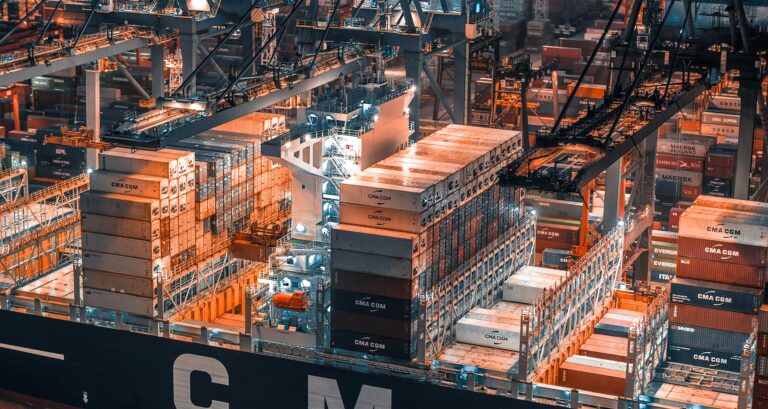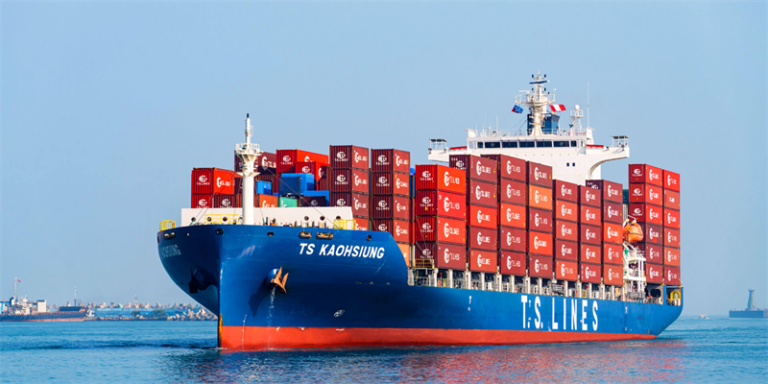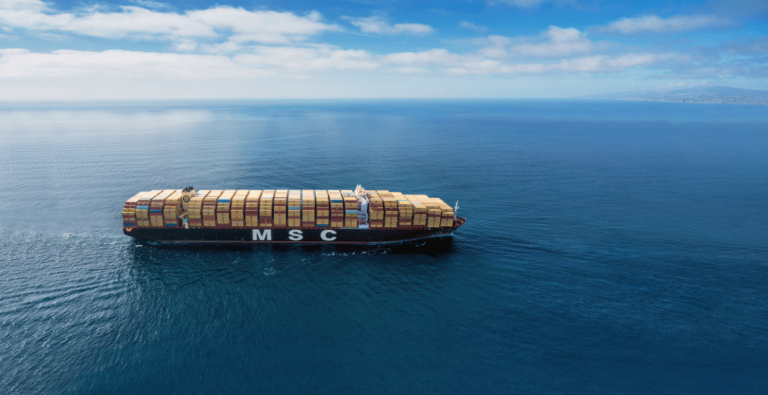How should cross-border sellers respond?
Faced with cabin shortages and price hikes, FBA warehouse congestion, and frequent order cancellations, how should cross-border sellers respond?

As Prime Day approaches, sellers are facing soaring shipping rates, container shortages, FBA warehouse congestion, and frequent order cancellations. These issues are causing headaches for many sellers, as logistics are crucial for achieving high sales during peak seasons.
How should cross-border sellers tackle these logistics challenges? Linkway will provide you with detailed answers.
Recently, leading shipping companies like Maersk, CMA CGM, and Hapag-Lloyd announced a new round of rate adjustments for June. The affected routes include Latin America, Europe, the Mediterranean, the Black Sea, Africa, and even short-sea routes. Compared to the previous period, the price increases for some routes range from $1,000 to $2,000. Rates for routes to the US and Europe continue to rise, while prices for South America and West Africa have even surpassed $10,000 !
Traditionally, May is considered the off-season for the international shipping market. However, since the end of April this year, shipping rates across various routes have been continuously increasing. Additionally, container shortages and rollovers are occurring frequently. Some experts predict that rates on certain channels may remain high until October.
The reasons for this are as follows:
- Increased Customer Demand: Due to significant depletion of inventories abroad, domestic traditional enterprises have seen a surge in orders, leading to a sharp increase in exports. Coupled with the mid-year promotional activities on cross-border e-commerce platforms and collective price hikes by shipping companies causing market panic, a large number of sellers are rushing to ship their goods.
- Impact of the Red Sea Crisis: The expansion of the Red Sea crisis has forced global ships to reroute via the Cape of Good Hope, not only increasing the transportation time but also causing capacity shortages and higher operational costs, exacerbating the already tight capacity situation on European routes.
- Tariff Increases in the US and Brazil: The imposition of higher tariffs by countries like the United States and Brazil has led many new energy vehicle companies to ship large volumes before the tariffs take effect, causing shipping rates to rise. Shipping companies have shifted capacity to more profitable routes as a result.
- Ongoing Capacity Control and Price Hikes by Major Shipping Companies: Continuous capacity control and collective price hikes by major shipping companies, along with scalpers taking advantage of the situation to hoard and markup space, have further driven up shipping rates and made booking space difficult.
Currently, some container yards are overflowing, and ports are congested, while domestically, there is a severe shortage of available space and containers, with frequent rollovers. The continuously rising shipping rates are further eroding the profit margins of cross-border sellers.
As the peak season approaches, several popular warehouses on Amazon have recently experienced overcapacity issues, frequent rescheduling, and rejections, leading to delays in the receipt and shelving of a large volume of sellers’ goods.
The main reasons for this warehouse overcapacity are as follows:
- Adverse Weather Conditions: The western United States has experienced rare extreme weather events such as high temperatures, droughts, heavy rain, and flooding, leading to power supply shortages in some areas and disruptions in logistics transportation.
- Sharp Increase in Sellers’ Inventory for the Peak Season: Sellers have significantly increased their stockpiles in preparation for the peak season, leading to a doubling of pressure on Amazon warehouses.
- Shortage of Warehouse Staff: Amazon previously implemented large-scale layoffs, resulting in a shortage of warehouse labor. This shortage has led to significantly decreased efficiency in warehousing and logistics, affecting normal warehouse turnover.
Warehouse overcapacity and staff shortages have led to frequent rescheduling and rejections recently. It’s understood that popular warehouses like GYR2, GYR3, VGT2, XLX7, LGB8, SBD1, SMF3, SMF6, MDW2, IND9, LCT2, etc., are experiencing difficulties in obtaining floor space appointments. Furthermore, there are instances of rescheduling and rejections. Appointments for pallets can generally be secured within 3-5 days, but some warehouses also experience rescheduling issues.
To address the issue of Amazon warehouse overcapacity, Linkway offers the following suggestions for cross-border sellers:
- Prepare Shipping Plans in Advance: Sellers should plan and prepare inventory based on product sales data well in advance. They should also place orders with logistics service providers early and adhere to Amazon’s warehouse entry regulations, scheduling entry times and quantities appropriately to avoid rejection or delayed entry.
- Utilize Multi-channel Logistics: In addition to Amazon FBA logistics, sellers can consider using overseas warehouse services to store some goods, diversifying risks. This approach enables quick replenishment of inventory during sudden spikes in demand, helping sellers better manage inventory and distribution.
- Monitor Inventory and Warehouse Operations Closely: Sellers should closely monitor inventory levels and warehouse operations. They should try to avoid warehouses prone to overcapacity issues and diversify inventory across multiple warehouses or regions to mitigate the impact of overcapacity.





